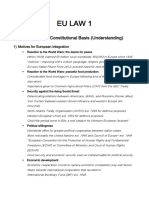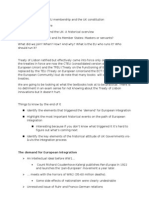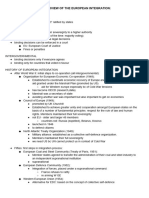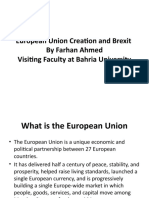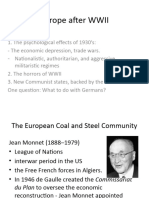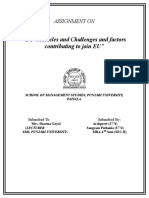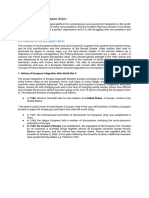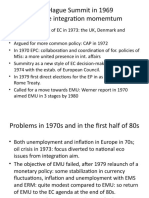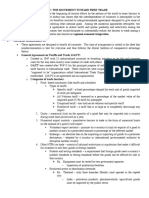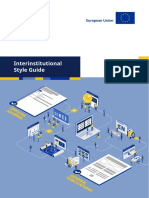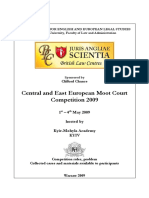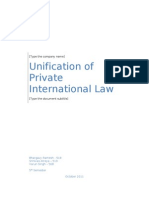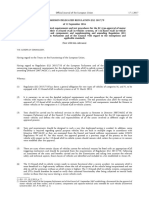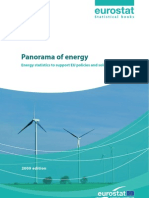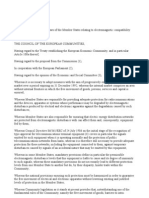0% found this document useful (0 votes)
8 views7 pagesSlide 11
The presentation outlines the historical context and key stages of European integration, highlighting early efforts such as the Congress of Vienna and the Zollverein, as well as significant treaties like the Treaty of Rome and the Maastricht Treaty. It emphasizes the evolution of cooperation among European nations for collective defense and economic unity, culminating in the establishment of the European Union. The document concludes with the impact of these integrations on creating a unified Europe with political, economic, and social cohesion.
Uploaded by
Eslam NaguibCopyright
© © All Rights Reserved
We take content rights seriously. If you suspect this is your content, claim it here.
Available Formats
Download as DOCX, PDF, TXT or read online on Scribd
0% found this document useful (0 votes)
8 views7 pagesSlide 11
The presentation outlines the historical context and key stages of European integration, highlighting early efforts such as the Congress of Vienna and the Zollverein, as well as significant treaties like the Treaty of Rome and the Maastricht Treaty. It emphasizes the evolution of cooperation among European nations for collective defense and economic unity, culminating in the establishment of the European Union. The document concludes with the impact of these integrations on creating a unified Europe with political, economic, and social cohesion.
Uploaded by
Eslam NaguibCopyright
© © All Rights Reserved
We take content rights seriously. If you suspect this is your content, claim it here.
Available Formats
Download as DOCX, PDF, TXT or read online on Scribd
/ 7
